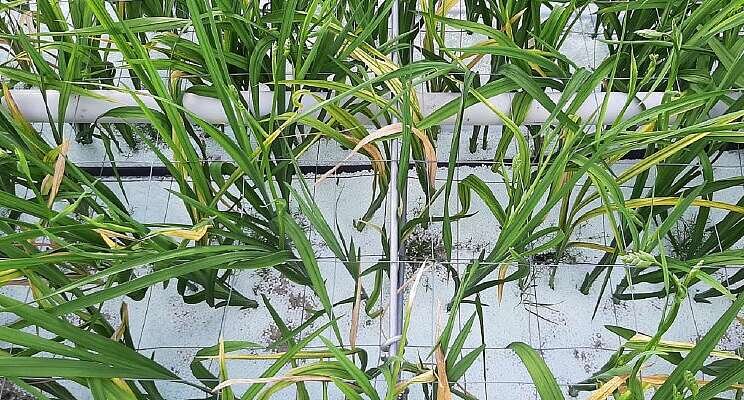Freesia cultivation possible without steaming the soil?
Added on 21 April 2022

KAS2030 is a demonstration greenhouse at WUR in Bleiswijk. Here the challenges of fossil-free and emission-free cultivation are investigated. The research is carried out in four crops: strawberry, gerbera, freesia and potted Anthurium. The Freesia's are grown in sand beds and four cultivations for freesia have been done so far. The sand beds have been steamed after each cultivation as common in practice. The most recent planting was on November 9, 2021. Four different varieties were planted: two that are sensitive to fusarium, and two that are less sensitive to that fungal disease.
Steaming effects
For this cultivation half of the sand beds were pre-steamed, the other half were not. The WUR wants to use this to investigate the effects of steaming. For example, steaming the soil is known to kill harmful fungi and bacteria. But there is a chance that good micro-organisms are also killed. In addition, growers indicate that steaming also stimulates growth in new plantings. It is not yet known what causes this. That's why the researchers started this experiment to monitor if and which differences occur in the water content, nutrient status, growth inhibitory substances and microbiome of the steamed and unsteamed sand beds.
Photo Courtesy of Wageningen University & Research
Source: Wageningen University & Research
More news















